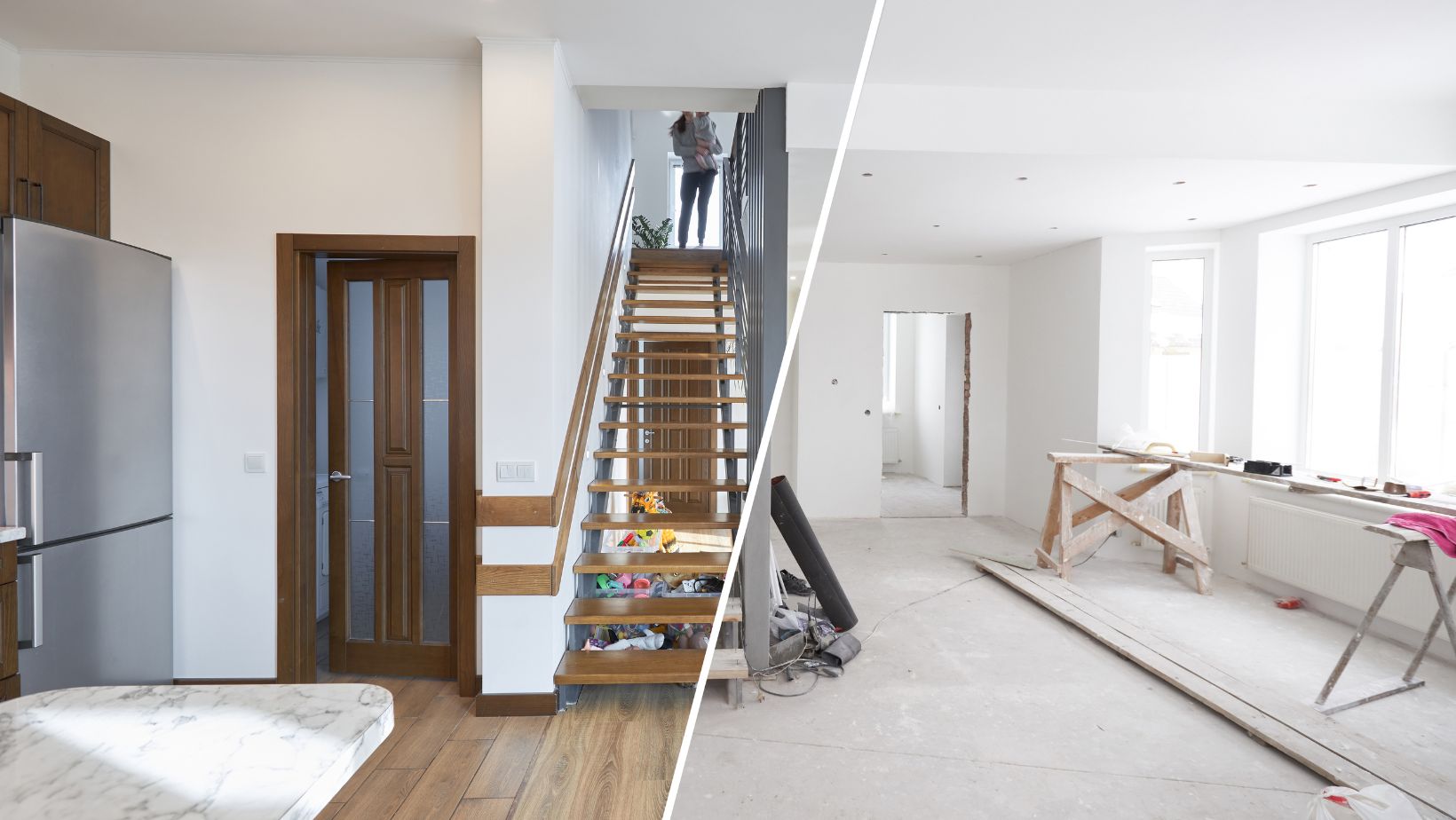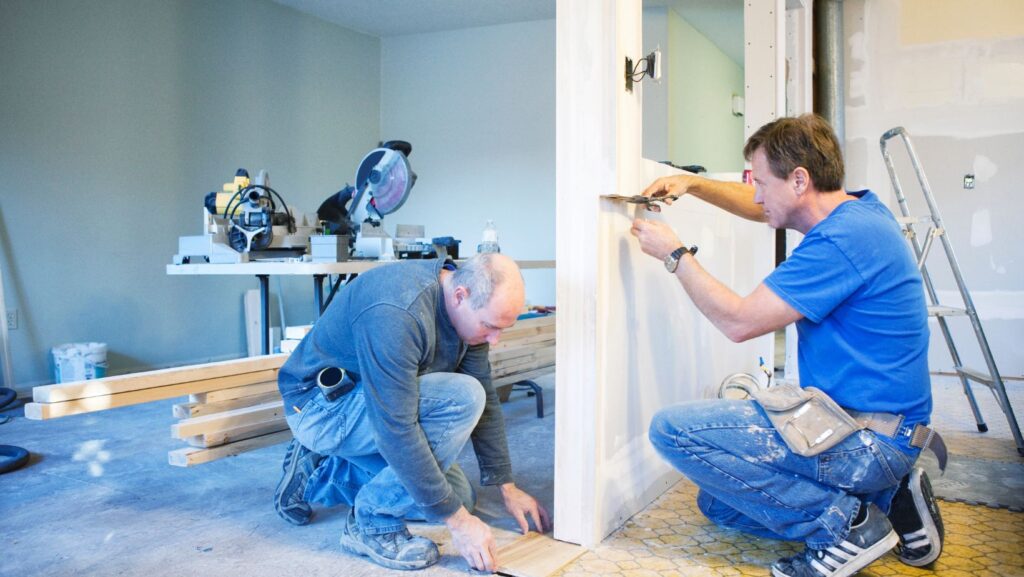When embarking on a home renovation or complete rebuild project, finding an experienced affordable demolition company becomes a crucial first step in the transformation process. Many homeowners are surprised to discover that hiring a quality yet budget-friendly affordable demolition company can actually save money in the long run by preparing the site properly for new architectural vision to take shape.
The Evolution of Demolition: From Destruction to Precise Deconstruction
The image of a giant wrecking ball smashing into buildings might make for exciting television, but today’s demolition industry has evolved into a sophisticated discipline that combines engineering principles, environmental consciousness, and surgical precision. Modern demolition resembles less a destructive force and more an intricate dance of careful disassembly.
An architect who regularly collaborates with demolition specialists explains the transformation: “What once was simply about tearing things down has become an art form of strategic deconstruction. The best demolition contractors approach a project like chess players, thinking several moves ahead to ensure materials are salvaged, hazards are contained, and the site is perfectly prepared for what comes next.”
This evolution mirrors the shift in architectural thinking from purely aesthetic concerns to holistic consideration of materials, sustainability, and site integration. Both disciplines now recognize that thoughtful removal is as important as thoughtful creation.
High-Tech Tools Revolutionizing the Demolition Process
The technology employed by modern demolition companies would surprise many homeowners and architects who haven’t worked with these specialists recently:
Robotic Demolition Systems
Remote-controlled demolition robots can access confined spaces, work in hazardous environments, and perform precise removals that would be impossible or dangerous for human operators. These machines, some no larger than a refrigerator, can deliver the force of much larger equipment while minimizing vibration and collateral damage.
A contractor who recently used robotic demolition for a sensitive interior renovation compares the technology to surgical instruments: “Traditional demolition methods would be like using a butcher knife for heart surgery. These robots give us the equivalent of a scalpel, allowing us to remove exactly what needs to go while protecting everything that should remain.”
Hydraulic Crushing Systems
Specialized attachments for excavators and other equipment can crush concrete and separate it from rebar without the noise, dust, and vibration associated with jackhammers and wrecking balls. These systems use hydraulic pressure rather than impact force, significantly reducing noise pollution and structural stress on surrounding elements.
“The difference between traditional impact demolition and modern hydraulic crushing is like comparing a drummer banging wildly on cymbals to a pianist carefully pressing keys,” notes one specialist. “Both make an impact, but one is controlled, precise, and far less disruptive to everyone nearby.”
Water Cutting Technology
Ultra-high-pressure water jets capable of cutting through reinforced concrete with millimeter precision allow for clean removal of specific structural elements without compromising surrounding materials. This technology excels in situations where vibration must be minimized, such as partial demolitions in historic structures or occupied buildings.
This approach to selective material removal parallels the precision of digital design tools that architects now use. Just as CAD and BIM software allow designers to manipulate specific elements with exacting control, water cutting gives demolition specialists the ability to remove materials with surgical accuracy.
Environmental Considerations: Demolition Goes Green
Modern demolition companies have embraced sustainability practices that transform what was once a wasteful process into an opportunity for material reclamation and environmental stewardship:
Advanced Material Separation
Rather than sending everything to landfills, contemporary demolition processes involve careful separation of materials for recycling, reuse, or proper disposal. Specialized equipment can efficiently sort concrete, metal, wood, and other components, maximizing reclamation value.

A demolition expert who specializes in material recovery explains: “We’re not just tearing down anymore—we’re harvesting. Like careful gardeners who collect seeds from one season’s plants to grow the next, we extract valuable materials from old structures to give them new life in future buildings.”
Dust Suppression Systems
High-tech misting systems that capture airborne particles have replaced the simple water hoses of yesteryear. These systems use atomized water that attaches to dust particles, bringing them to the ground rather than allowing them to spread. The result is dramatically improved air quality during demolition operations.
This attention to containing microscopic particles mirrors the architect’s concern with the invisible aspects of building performance, such as air quality and thermal comfort. Both disciplines now recognize that what can’t be seen often has the greatest impact on human experience.
Noise Reduction Protocols
Strategic scheduling, sound barriers, and equipment selection help mitigate the acoustic impact of demolition activities. Advanced planning and communication with neighbors further reduce disruption in residential areas.
“Managing the soundscape of demolition is similar to an architect designing acoustic properties for a concert hall,” observes one contractor. “We’re carefully controlling which frequencies travel where, minimizing disruption while still accomplishing the necessary work.”
The Strategic Approach: Planning for Perfect Execution
Perhaps the most significant advancement in modern demolition is the level of planning that precedes any physical work:
Structural Analysis
Before demolition begins, comprehensive assessment identifies load-bearing elements, potential hazards, and optimal sequences for material removal. This analytical approach ensures safety while preventing unintended structural consequences.
A structural engineer who collaborates with demolition teams notes: “The misconception is that demolition contractors just start smashing things. In reality, they often understand building structures as intimately as those who design them. They need to comprehend exactly how a building stands before they can safely take it apart.”
3D Modeling and Simulation
Advanced demolition companies now use the same digital modeling tools as architects to plan precise demolition sequences, identify potential complications, and communicate clearly with all stakeholders. These visualizations allow homeowners and designers to understand exactly what will happen before work begins.
This technological convergence between demolition planning and architectural design creates valuable synergies. When both disciplines speak the same digital language, communication improves and outcomes become more predictable.
Utility Coordination
Sophisticated mapping of electrical, plumbing, and mechanical systems prevents accidental disruptions during demolition. This careful choreography ensures that essential services remain operational throughout the process when needed.
“Coordinating around utilities is like conducting an orchestra,” explains one project manager. “Each system has its part to play, and our job is to make sure they all work in harmony, even as we’re removing parts of the composition.”
Finding the Right Demolition Partner for Architectural Projects
For homeowners and architects embarking on renovation or rebuilding projects, selecting the appropriate demolition contractor involves several key considerations:
Experience with Similar Projects
Demolition companies with specific experience in residential, historic, or environmentally sensitive projects bring valuable insights that can prevent costly mistakes. Reviewing past projects similar to yours provides insight into their capabilities.
“Asking about similar projects is like checking a chef’s signature dishes,” advises an architect who regularly works with demolition specialists. “You want to see that they’ve handled the specific challenges your project presents, not just demolition in general.”
Commitment to Communication
The best demolition partners provide clear timelines, regular updates, and transparent explanations of their processes. This communication reduces anxiety and ensures all parties share the same expectations.
Proper Certifications and Insurance
Verifying that a demolition company carries appropriate insurance, licenses, and certifications protects everyone involved. These credentials indicate professionalism and adherence to industry standards.
Alignment with Design Vision
The most successful projects involve demolition companies that understand and respect the architectural vision. This alignment ensures that the site is prepared exactly as needed for subsequent construction phases.
An architect who carefully selects demolition partners explains the importance of this alignment: “The demolition contractor is setting the stage for everything that follows. When they understand the performance we’re trying to create, they ensure the stage is properly prepared for the first act of construction.”
The Value Proposition: Why Expert Demolition Matters
While it might be tempting to view demolition as a simple task where the lowest bid should win, experienced architects and homeowners recognize that quality demolition work provides value far beyond the initial price:
- Proper preparation that prevents costly surprises during construction
- Salvage opportunities that can offset demolition costs through material resale
- Precise execution that protects elements scheduled for preservation
- Site protection that prevents damage to surrounding landscapes and hardscapes
- Environmental compliance that avoids potential fines and remediation expenses

The relationship between thoughtful demolition and successful architectural projects resembles the relationship between proper soil preparation and gardening success. What happens below the surface and before the main event largely determines the ultimate outcome, even if it’s not immediately visible in the finished result.
For homeowners and architects seeking to create extraordinary spaces, partnering with a demolition company that employs these advanced techniques isn’t merely a preliminary step—it’s a foundational element of project success that influences everything that follows.


More Stories
What Is The Ideal Humidity Inside A Home
Hygge Interior Design: Creating Comfort and Coziness in Your Home
Inside The Home Alone House: A Sneak Peek into Christmas Nostalgia